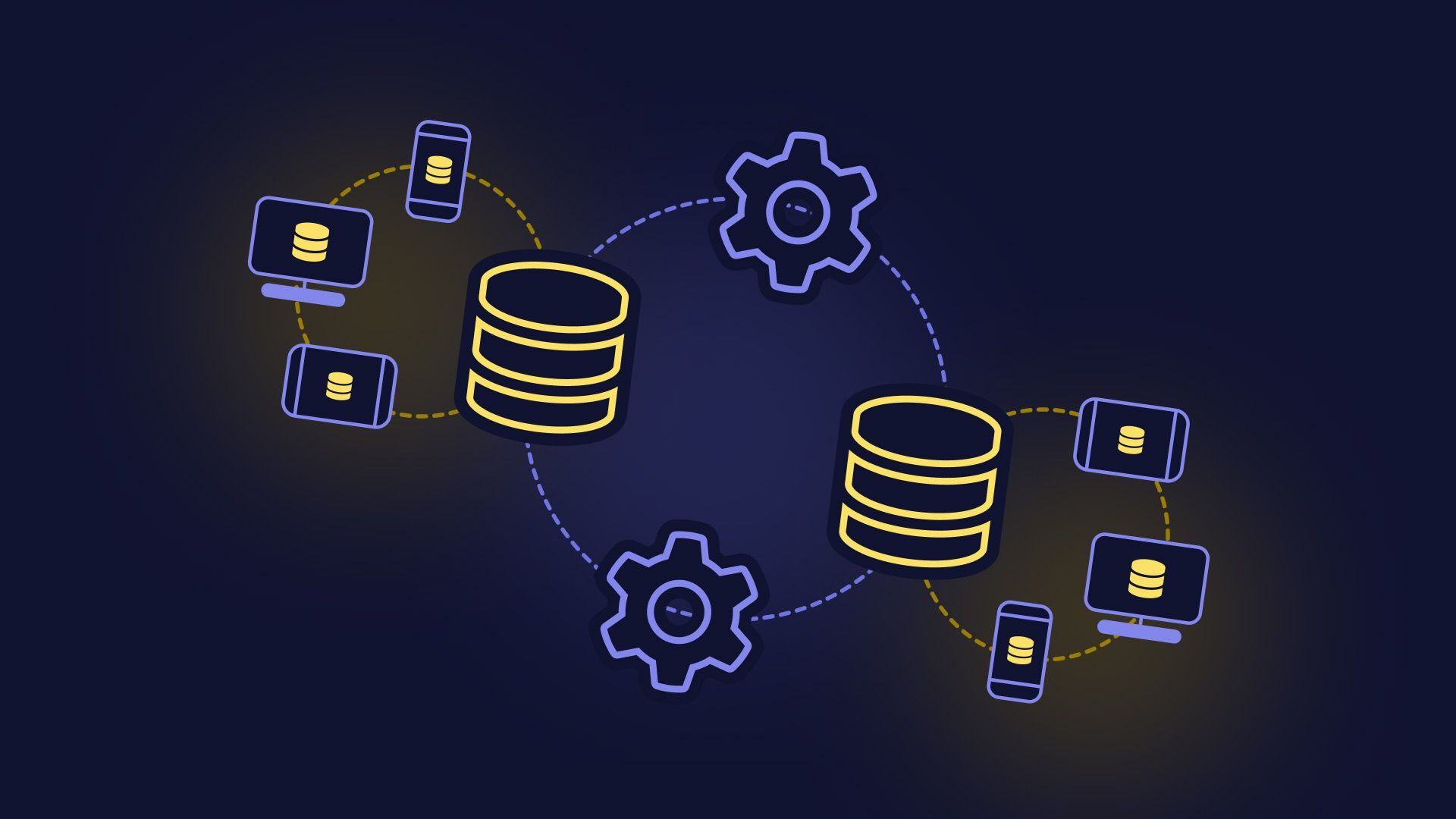
Integration with other tools can make your life so much easier. Imagine having all your favorite apps working together seamlessly. No more switching between different platforms or manually transferring data. Integration helps streamline workflows, boost productivity, and reduce errors. Whether you're using project management software, communication tools, or data analytics platforms, integrating them can save you tons of time. Plus, it allows for better collaboration among team members. Think about how much more efficient your workday could be if everything just clicked together. Ready to dive into the world of tool integration? Let's explore some fascinating facts that will change how you work forever!
Key Takeaways:
- Streamlining workflows, boosting productivity, and enhancing user experience, integrating tools is a game changer. It saves time, reduces errors, and provides real-time updates for better collaboration and efficiency.
- Integration with other tools not only saves money but also ensures security and compliance. It leads to cost efficiency, improved ROI, and opens up exciting possibilities for future innovations.
Integration with Other Tools: A Game Changer
Integrating various tools can streamline workflows, boost productivity, and enhance user experience. Here are some fascinating facts about how integration with other tools can make a difference.
-
Seamless Data Transfer: Integration allows for smooth data transfer between different platforms, reducing the need for manual data entry.
-
Enhanced Collaboration: Tools like Slack and Microsoft Teams can be integrated with project management software, fostering better team collaboration.
-
Automated Workflows: Integration with automation tools like Zapier can automate repetitive tasks, saving time and effort.
-
Unified Dashboard: Combining multiple tools into a single dashboard provides a comprehensive view of all activities, making management easier.
-
Improved Accuracy: Automated data synchronization between tools minimizes human errors, ensuring data accuracy.
-
Real-Time Updates: Integration ensures that all connected tools are updated in real-time, providing the latest information instantly.
Boosting Productivity through Integration
Productivity can skyrocket when tools work together seamlessly. Here are some ways integration boosts productivity.
-
Centralized Communication: Integrating communication tools with project management software keeps all conversations in one place, reducing the need to switch between apps.
-
Task Automation: Integration with tools like IFTTT can automate tasks such as sending emails or updating spreadsheets.
-
Resource Management: Integrating resource management tools helps in tracking and allocating resources efficiently.
-
Time Tracking: Integration with time tracking tools ensures accurate logging of work hours, aiding in better project management.
-
Streamlined Reporting: Combining reporting tools with data sources provides detailed and accurate reports without manual intervention.
-
Enhanced Scheduling: Calendar integrations help in scheduling meetings and deadlines, ensuring nothing is missed.
Enhancing User Experience with Integration
User experience can be significantly improved when tools are integrated effectively. Here are some facts about how integration enhances user experience.
-
Single Sign-On (SSO): Integration with SSO providers allows users to access multiple tools with one set of credentials.
-
Consistent User Interface: Integrated tools often provide a consistent user interface, making it easier for users to navigate.
-
Personalized Experience: Integration with CRM tools can provide personalized experiences based on user data.
-
Reduced Learning Curve: When tools are integrated, users spend less time learning how to use different platforms.
-
Customizable Workflows: Integration allows for the creation of customizable workflows tailored to specific needs.
-
Enhanced Accessibility: Integrated tools can be accessed from various devices, providing flexibility and convenience.
Security and Compliance through Integration
Security and compliance are critical in today's digital landscape. Integration can help maintain high standards in these areas.
-
Data Encryption: Integration with encryption tools ensures that data transferred between platforms is secure.
-
Access Control: Integrating access control tools helps in managing who can access what information.
-
Audit Trails: Integration with logging tools provides detailed audit trails, aiding in compliance and security monitoring.
-
Compliance Management: Tools integrated with compliance management software ensure that all activities adhere to regulatory standards.
-
Incident Response: Integration with incident response tools allows for quick action in case of security breaches.
-
Secure File Sharing: Integrating secure file sharing tools ensures that sensitive information is shared safely.
Cost Efficiency through Integration
Integrating tools can also lead to significant cost savings. Here are some ways integration can be cost-efficient.
-
Reduced Licensing Costs: Using integrated tools can reduce the need for multiple licenses, saving money.
-
Lower Maintenance Costs: Integrated systems often require less maintenance compared to standalone tools.
-
Scalability: Integration allows for easy scalability, reducing the need for costly upgrades.
-
Optimized Resource Utilization: Efficient resource management through integration can lead to cost savings.
-
Reduced Training Costs: With integrated tools, training costs are lower as users need to learn fewer platforms.
-
Improved ROI: Integration can lead to better utilization of tools, improving return on investment.
Innovation and Future Trends in Integration
The future of integration holds exciting possibilities. Here are some trends and innovations to watch out for.
-
AI Integration: Integrating AI tools can lead to smarter automation and insights.
-
IoT Integration: The Internet of Things (IoT) integration can connect various devices, creating a more interconnected ecosystem.
-
Blockchain Integration: Integrating blockchain technology can enhance security and transparency.
-
Voice Integration: Voice-activated tools can be integrated for hands-free operation.
-
Augmented Reality (AR): AR integration can provide immersive experiences in various applications.
-
5G Integration: The advent of 5G technology will enable faster and more reliable integration of tools.
Bringing It All Together
Integration with other tools can make your life a whole lot easier. From boosting productivity to streamlining workflows, these connections can transform how you work. Whether you're using Zapier, IFTTT, or API integrations, the possibilities are endless. Imagine automating repetitive tasks, syncing data across platforms, and enhancing collaboration—all without breaking a sweat.
Remember, the key is to choose tools that align with your needs. Not every integration will be a perfect fit, but experimenting can lead to some game-changing discoveries. Keep an eye out for updates and new features, as these can offer even more ways to optimize your processes.
So, dive in and start exploring the world of integrations. Your future self will thank you for the time and effort saved. Happy integrating!
Frequently Asked Questions
Was this page helpful?
Our commitment to delivering trustworthy and engaging content is at the heart of what we do. Each fact on our site is contributed by real users like you, bringing a wealth of diverse insights and information. To ensure the highest standards of accuracy and reliability, our dedicated editors meticulously review each submission. This process guarantees that the facts we share are not only fascinating but also credible. Trust in our commitment to quality and authenticity as you explore and learn with us.


